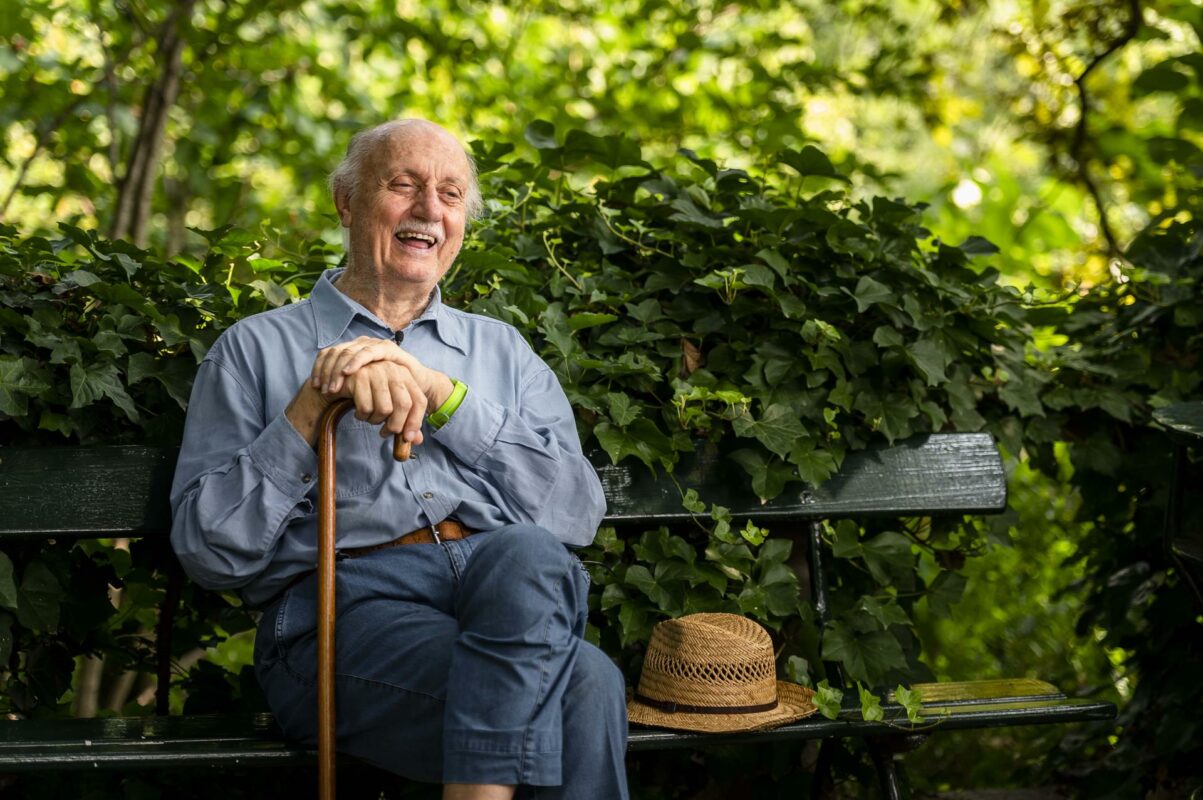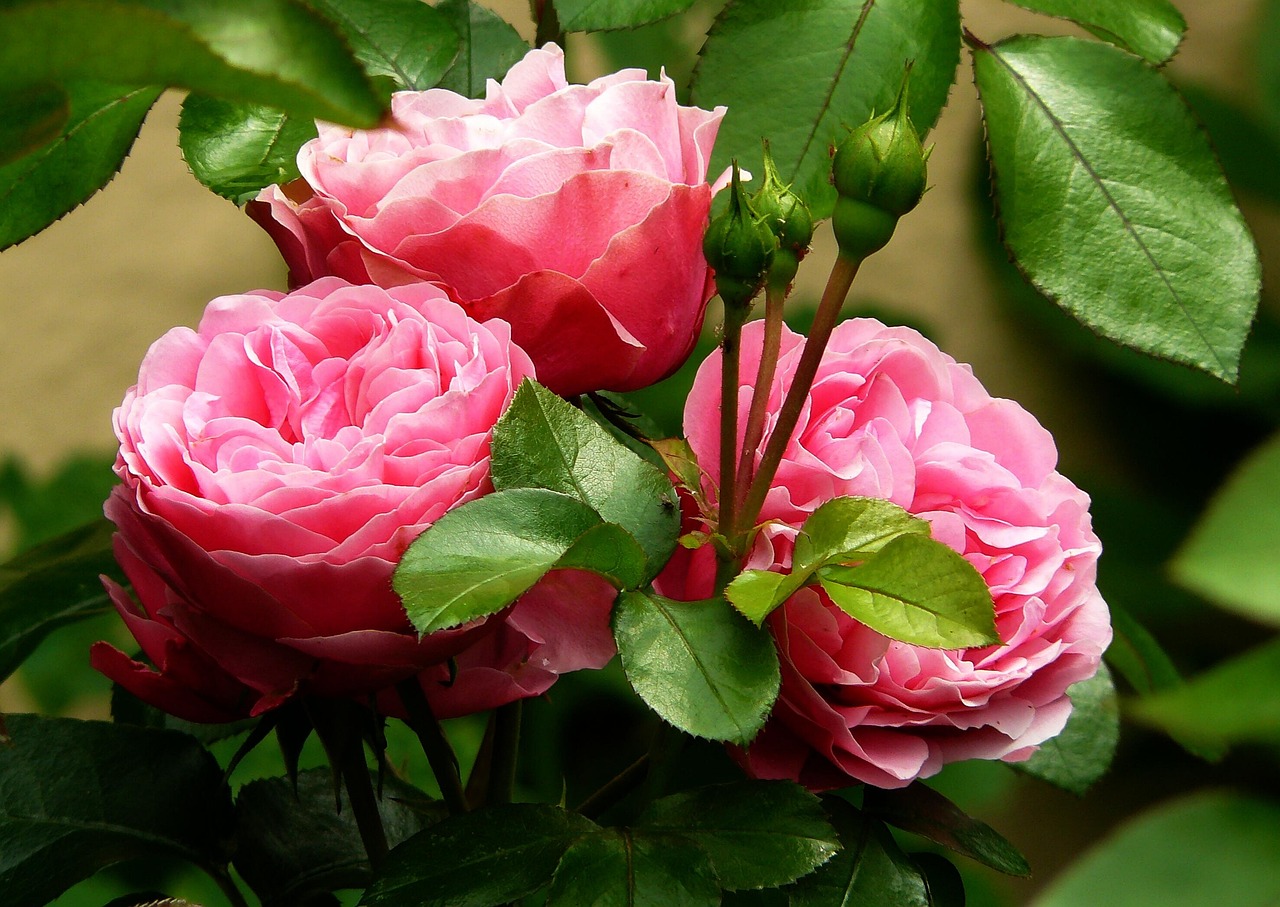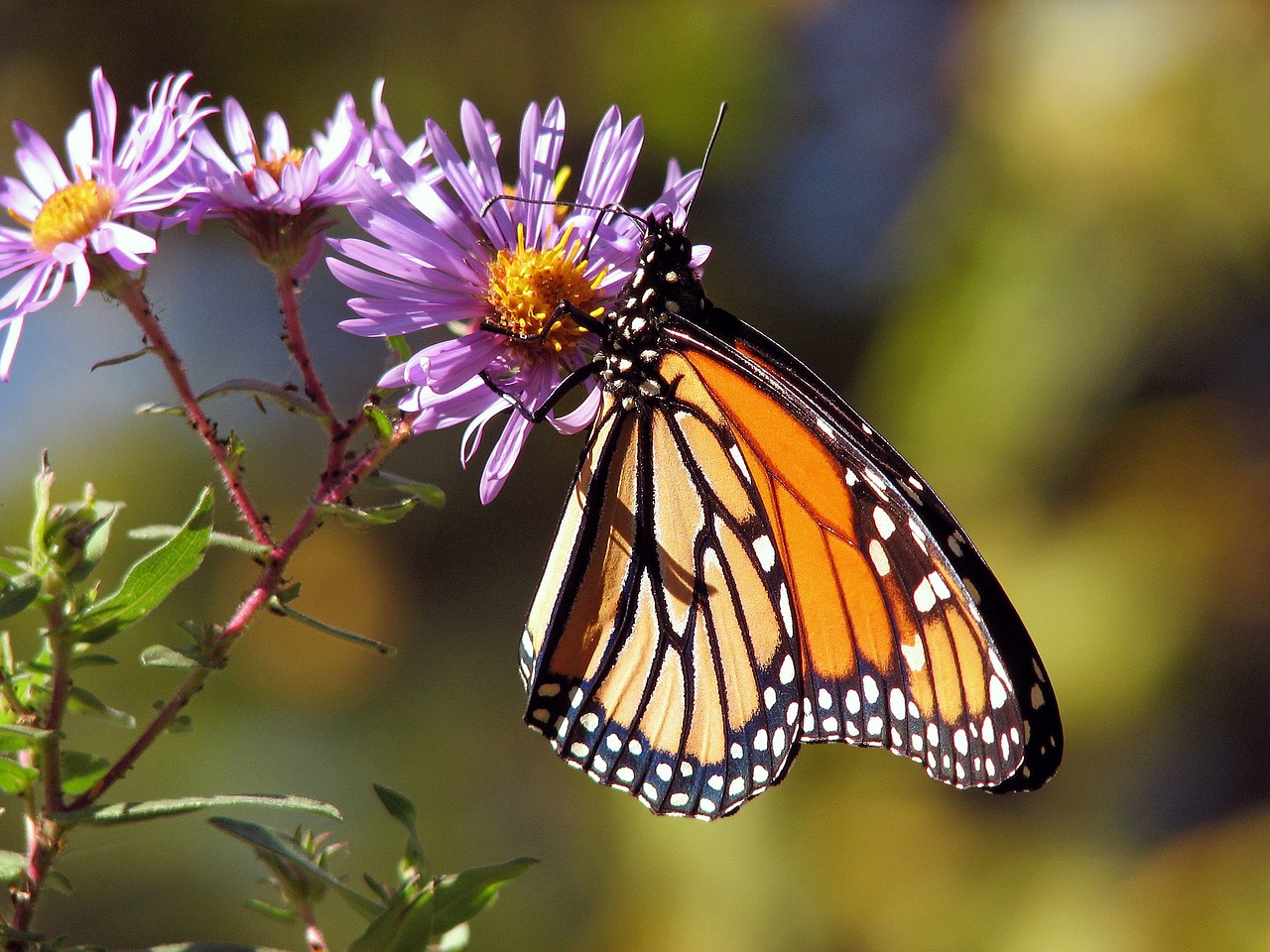With Paolo Pejrone we inaugurate the series on famous Italian landscape architects.
What is the use of knowing who they are? Studying the past to do better in the future is one of the lessons that must be acquired. Today more than yesterday, the path they have taken to become who they are is also important.
The roads ahead are all new and we must not be afraid to face them.
If we can take a cue from someone else’s journey, perhaps it will be easier to make even unpopular decisions, thinking that the greats of the past did it before, faced disagreements and designed a new path.
I expected to find a lot of news about Paolo Pejrone online and about his projects, but there is very little. Although he is recognized as a poet of garden design, little is written about him and very little about his gardens. In part this is certainly due to his shyness as a gardener – as he himself said – and perhaps also to the fact that many of the gardens are private and therefore not very available for expert analysis.
But also as Guido Giuppini says (in his book The Garden of Misunderstandings) that you will find told in this article,
“[…] One suspects that one of the reasons for the relative backwardness of the historiography of the garden […] depends on having been […] (only) by virtue of the relative survival of the architectural parts, the prerogative of art and architecture historians, inclined to considering the vegetable component of the garden as a simple piece of furniture, and gardening as a matter for gardeners […] Or perhaps in being considered the garden, by inveterate idealistic judgement, as a minor art.”
But we know that it is not a minor art. Mondo del Giardino can rightly define it as the center of its universe.
Why Paolo Pejrone first? Paolo Pejrone is the first modern Italian landscape painter. He studied first with Russel Page and then with Roberto Burle Marks – we could say the devil and the holy water of world landscaping. From how he himself talks about it, it would seem that he was attracted by the figure of Burle Marks precisely because Russell Page considered nature too prone to his will. In fact, the second taught him that nature can be disobedient by closing the harmonic circle of the teachings received.
On the AIAPP website you will find an exhaustive presentation of the life of Paolo Pejrone, so we will proceed on another channel: that of the direct story.
They tell us that “[…] he graduated with great boredom and with great difficulty in Architecture at the Turin Polytechnic […]” and he adds “To become a gardener I had to become an architect so as not to be kicked.”
At the time he certainly didn’t want to do architecture, but then this information remained fundamental for the organized perception of space.
He says “[…] I was five or six years old, the war had just ended, I remember very well the day when Giovanni and Maria (the gardeners of the estate) gave me a small strip of land from the huge family garden to work […] Initially I was given two or three rows of lettuce to transplant and later some onion seedlings [che] in the summer they grow visibly and in this way I had the first satisfactions […]” (Il vero giardiniere non si arrende – Paolo Pejrone 2003)
“On 8 January 1970 (he was 29 years old), while passing through Turin where he was working on the Frescot garden, blocked by a copious mid-January snowfall, Russell Page found himself having a few hours free: he received me at the end of a a hall immersed in semi-darkness. A fireplace illuminated the atmosphere with its warmth and light” thus began the apprenticeship with the great gardener.
He tells us “[…] In England, from Russell Page, I learned the great aristocratic formal quality of the garden. I later learned of Burle Marx, great-grandson of Karl Marx, who represented (instead) the revolution. When I told Russell I was going to work at Burle Marx he told me what you going to do at those buggers. But I was drawn to it. With him I learned to break the mold. To understand that plants could be untamed and not just tamed. A window of great oxygen.
Then I returned to Italy to put into practice what I had learned: a disaster.
My dad used to say: he’s an architect and doesn’t want to use bricks.
Then someone was reckless trusting me and I humbly made myself available.”
How many of us still face a parent or work situation today where the greatness of this work is not recognized. Paolo Pejrone also had these problems but he didn’t give up. He believed in the teachings received (and in himself)
“I have never been a theorist and I have not tried to be. I worked (head down) with common sense and craft”.
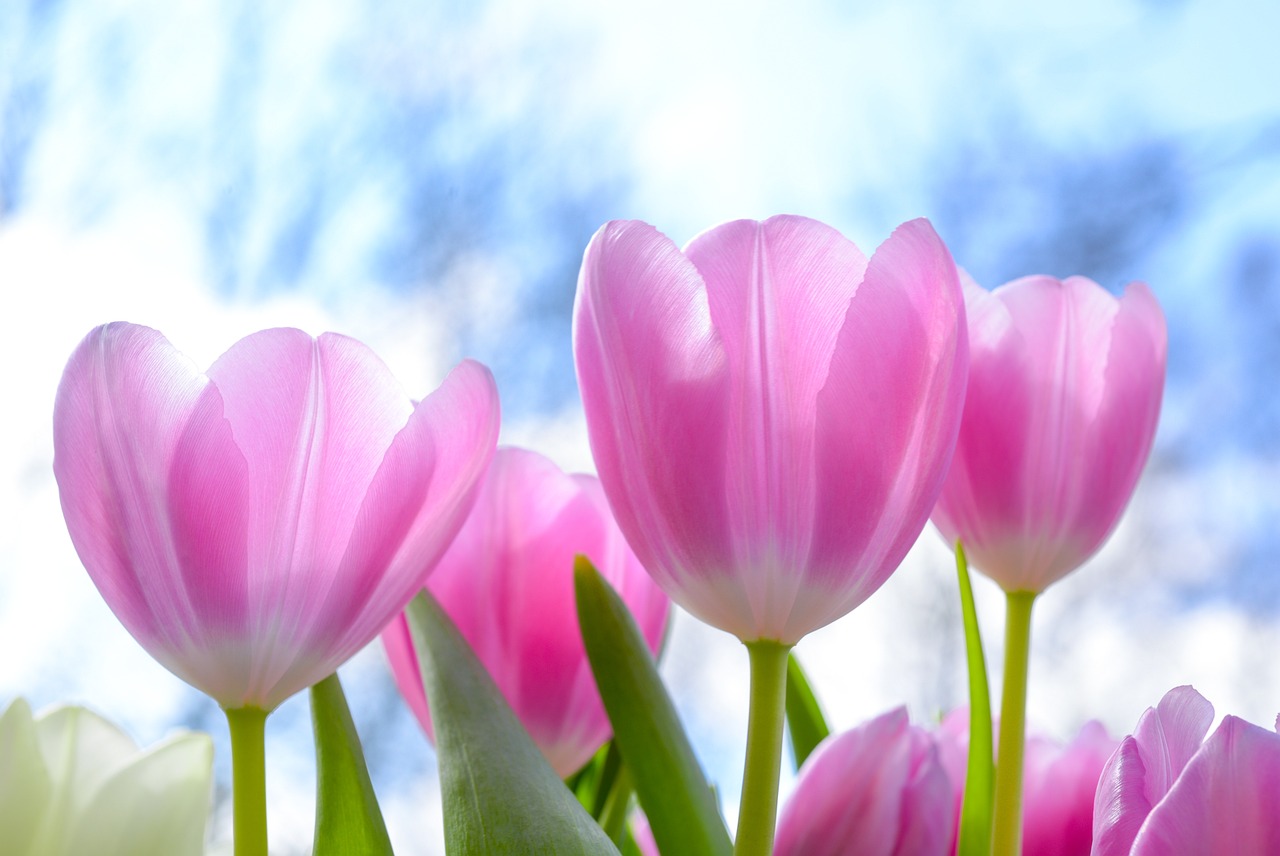
What does Paolo Pejrone think of the terrace?
40 years ago there were no terraces. Today all terraces. Rome becomes the epicenter of the terrace. Ippolito pizzetti lived on his terrace. Loaded with earth and watered and everything ended up below. Many causes, many disposals of greenery on the terrace. Then he returned with the earth in the elevator. But on the terraces there is often a lot of decoration and little garden. There is nothing worse than treating nature as non-nature by making it a servant.
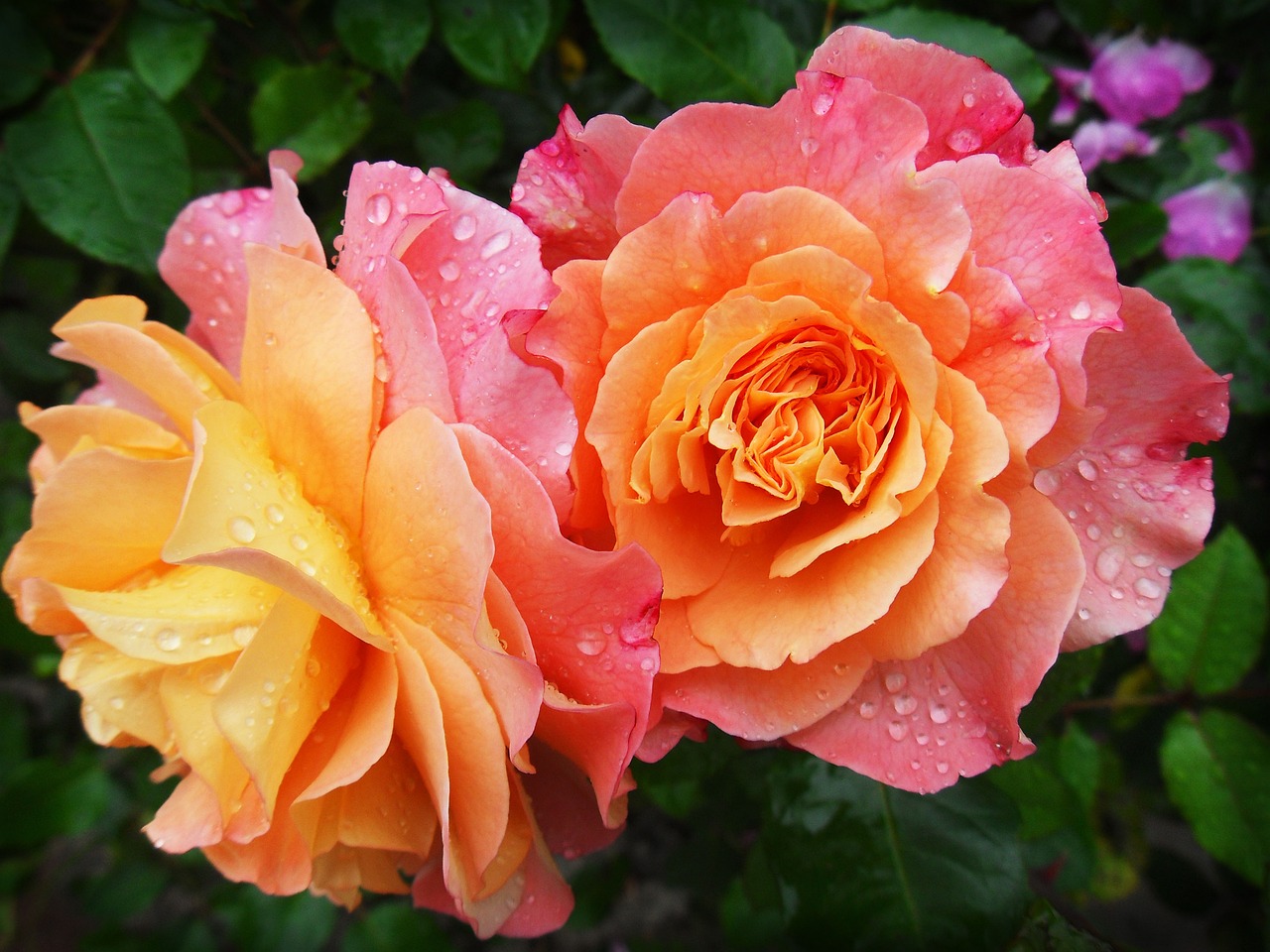
What Paolo Pejrone thinks of the private garden
The elite garden has become a pop fact. It takes the right times to sow. We have to wait. The “everything and now” is a mistake today.
For example Virginia Wolf’s garden is Bloomsbury style is hippie well planted, fruits and vegetables have a more important role than lavender and hyacinths.
When a plant doesn’t turn out well, you have to get the trouble out of the way, give it to Rosina, like my grandmother did, who planted them in the parish garden and they turned out very well, or put in ladybirds.
The garden must be a small example of home ecology that is also good for our surroundings. There is nothing more deficient and selfish than the English lawn. Have you ever thought about how much it costs in water and treatments? In mowing hours? I don’t do it. Then free everyone. We make the bedside rugs in English style and leave the rest in Italian style.
The garden admits mistakes. The garden is complicated. Small daily but fundamental precautions. Need time, care and eye.
What Paolo Pejrone thinks of the public garden
The individual can be wrong. Not the city. For example with regard to the Bagolari (Celtis australis) planted in Turin outside the international book fair at a distance of 5 meters. from each other: too close.
The world goes on and we have to go with him making as few mistakes as possible. France copied Masino (well). Prune the plants with whoever grew them who also tells you how to take care of them.
Public gardens: examples
(Take Paris for example) The French at the end of the war were like us – but in a very short time they became leaders in the rest of the world. In Paris they have spent enormous sums to renovate the public gardens (if you want to understand the organization of the Paris municipality, we recommend the article “An agronomist in Paris”).
The director of the north Milan park got me to go and see him and we went to the park. People were jumping running etc. I got concerned and he said it was a safe garden. No bushes. Long visions, trees with clean trunks. No piece of paper on the floor. In the men’s cages they tended public gardens. They become the overseers of the place.
Paolo Pejrone and the architects
You have to work with architects (in cities and in the landscape) – albeit with difficulty: I don’t get along with architects. Then with the archistars we go very badly. Not everybody. They tell me: then you plant two plants. Yes but I need space for the two plans instead the architects spread out, elbow.
Changing a landscape requires boldness. plants must live exuberantly but it takes foresight, care and protection. Nature must be protected because it must live peacefully. The architect must learn that there is something beyond concrete. The inert is abused. A dirty garden is also beautiful. Not everything is a line. Exuberance is needed. Trees are not poles. Nature is not the enemy. The architect must understand that nature grows. We must give way to robust and strong plants that do not need poisons.
(Man must reintegrate into nature and not put himself above it).
The public gardens in Italy were fantastic. Turin had a history of public gardens with a mayor who built them because he was better than the gardeners. The public garden is very different from the private garden. Two worlds that can oppose each other. Very easy to maintain and to plant and difficult to ruin.
What Paolo Pejrone thinks about fertilizers
It is not fertilized with chemical fertilizers and it is not poisoned. Today we have to be careful with resources and the chemist. Mine is all intuition. I have nose. I’m not refined. I’m a suburban ecologist. Why do I have to spray Bordeaux mixture on tomatoes and then eat them? Having a vegetable garden is an immense privilege because I know what it is fertilized with.
The booklet for combating diseases is of no use except to the chemical industry.
I also make compost with paper, dry leaves, dog poop, it rots and becomes support.
The garden must be a small example of home ecology that is also good for our surroundings.
When I was young, someone opened a window on golf for me. These lawns have terrible carpets. The big ones have green keepers who spend their time as chemists. In fact they are perfect but to the detriment of our old and dear meadows for which I break a broadsword because they flourished in May. In June they were cut and then in July they gave a second flowering and in the rest of the year always something. You can plant roses, but anything instead of a lawn.
To protect the plants I give verdigris. The one who doesn’t resist dies.
THE GARDENS OF PAOLO PEJRONE
Today Paolo Pejrone, after decades of honorable work, has rightly hung up the team (but not the hoe). What do we make enough of him? Actually a lot (but never enough). First of all its gardens which can be visited in part. I wanted to provide you with a list of these but couldn’t find it anywhere. It’s a sin. Here are some (not all of them can be visited):
Villa Frescot of the Agnelli family, Revello (his home), the Royal Gardens of Venice, the Garden of Elio Gabalo among the ruins of the Castrense Amphitheater adjacent to the Roman basilica of Santa Croce in Gerusalemme in Rome (of which he says that nothing remains ), the Garden of Miradolo Castle, the Garden of Capalbio and Villa Medici in Rome, the Zegna Oasis.
Paolo Pejrone’ books
Then remain his books full of practical advice, wisdom given by the knowledge of plants and a lot about himself as a person and as a gardener: In giardino non si è mai soli. Diario di un giardiniere curioso (2002); Il vero giardiniere non si arrende. Cronache di ordinaria pazienza (2003); I miei giardini (2008); Gli orti felici (2009); Cronache da un giardino (2010); In giardino d’Inverno (2013); Le foglie d’autunno (2014); Un giardino semplice. Storie di felici accoglienze e armoniose convivenze (2016); La pazienza di un giardiniere (2016); I dubbi del giardiniere. Storie di Slow Gardening (2021).
Last but not least, there are the videos of his participation in conferences and presentations: one would never stop listening to him.
For this reason I have left room for his words taken here and there to form his thoughts and I thank him for the immense culture he has given.
the garden world advice
For the designer it is not always possible to do a job from start to finish, and indeed it is rare. More often it will be a small participation in a job and this is already a project. Professional advice is also a project.
Now on horseback! Work awaits us! Our new wonderful outdoor space is about to be born!
GOOD WORK and … if you have any questions please write to info@mondodelgiardino.com
Image sources: thanks to iltorinese.it for the cover photo of Mr. Pejrone and artribune.com for the photo of Mr. Pejrone’s social networks, thanks to Pixabay and in particular PublicDomainPictures for the butterfly, Melk Hagelslag for the tulips, congerdesign for the roses on the wood, Rita-👩🍳 und 📷 mit ❤ for the lilac basket, Couleur for the crocuses, Anja for the peony roses, Bruno Germany for the fuchsias, schneeknirschen for the tea rose, Rudy and Peter Skitterians for the tulips.


